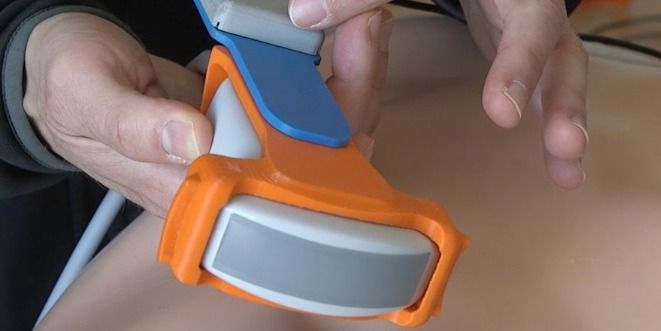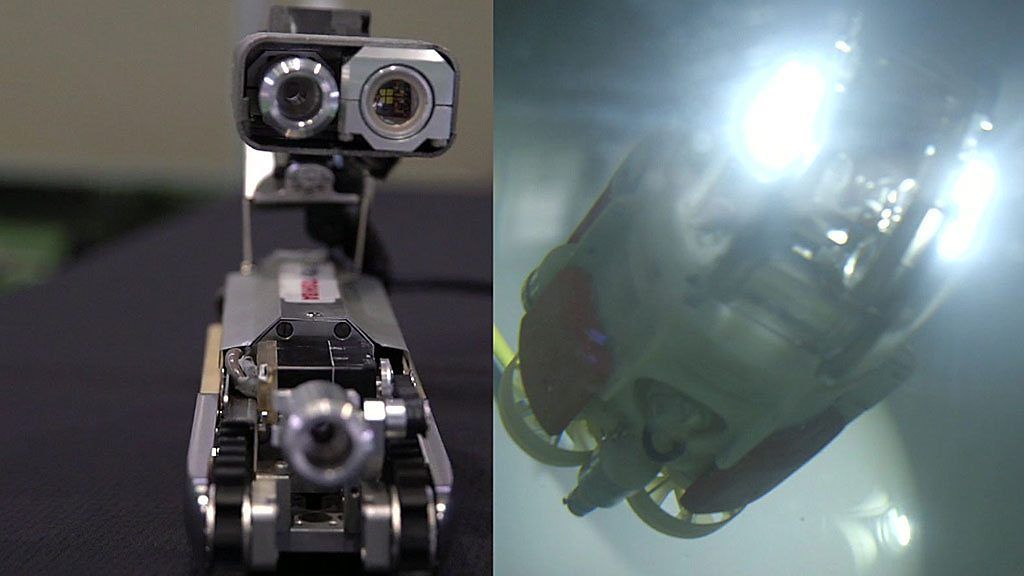Emergency Physician Joshua Broder realized his son’s Wii controller could detect movement than a $50,000 ultrasound machine. So he combined them.



NYC attack kills 8, injures 9; suspect in custody.
“This was an act of terror, and a particularly cowardly act of terror,” he said.
[Previous story, posted at 5:19 p.m. ET]
The driver of a rental truck drove the wrong way down a busy bicycle path in Manhattan near the World Trade Center, killing up to six people and striking numerous others, a New York Police official said.

Take that, real bees.
If the processes powering the fusion reactor at the Sun’s core could be recreated on Earth, it would be one of the most important events in the history of our species. Nuclear fusion power plants could end our dependency on fossil fuels and provide a virtually limitless, highly efficient source of clean energy.
We went to two of the world’s leading nuclear fusion research centers—Sandia National Labs in New Mexico and General Fusion outside Vancouver—to see how close we are to bringing the power of the stars down to Earth.
Follow MOTHERBOARD
Facebook: http://www.facebook.com/motherboardtv
Twitter: http://twitter.com/motherboard
Tumblr: http://motherboardtv.tumblr.com/
Instagram: http://instagram.com/motherboardtv
More videos from the VICE network: https://www.fb.com/vicevideo

Robots have become central to the cleaning-up operation at Japan’s Fukushima nuclear power plant, six years after the tsunami that triggered the nuclear meltdown.
It is estimated that around 600 tonnes of toxic fuel may have leaked out of the reactor during the incident.
The Tokyo Electric Power Company is using a variety of robots to explore areas too dangerous for people to go near.

Artificial intelligence is automating tasks in many domains. Do musicians have reason to worry?
For any AI people out there. I’d really like to see an AI get dropped into Ocarina of Time, and then Skyrim. The day an AI can be dropped into those, and complete the entire games, and go out and complete all the weird random tasks, it should be pretty close to human level.
AI just beat a top human professional in the game Dota 2, but the technology could help with much bigger strategic problems.
